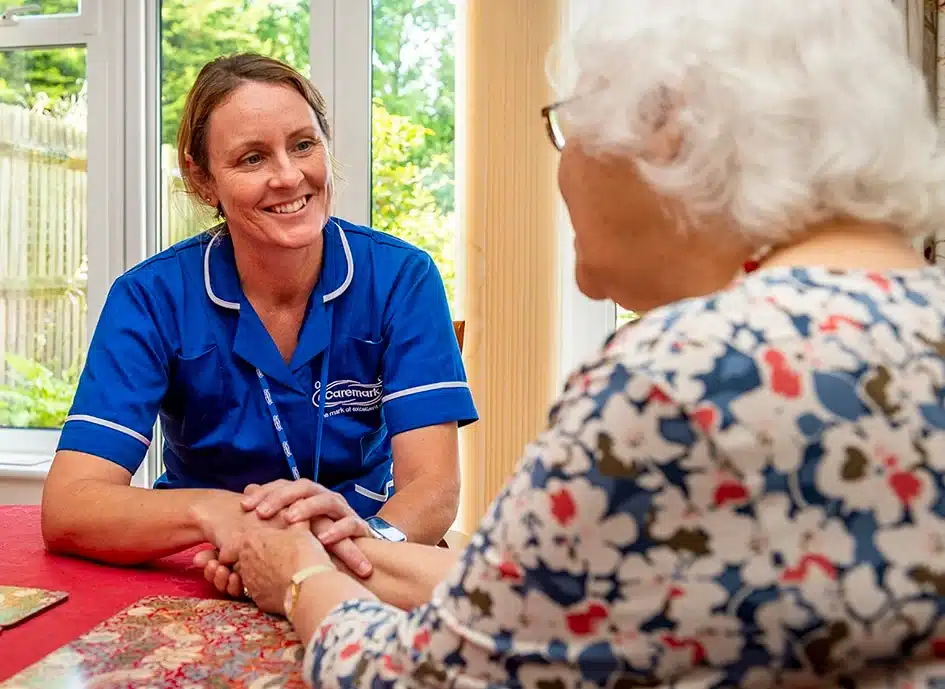How Do Carers Help To Take Care Of People During Winter?

Winter is a particularly important time of the year for home care services, as there are a lot of environmental, mental and physical health complications that can be harmful to the most vulnerable people in society who need social care the most.
This means that carers will often spend a lot of time preparing during autumn and the milder parts of winter to take care of people, often altering care plans and protocols to adapt to the much harsher conditions.
During a particularly bitter winter chill, carers are particularly mindful of the effects of the elements and will endeavour to ensure the people they care for are happy and healthy.
Here are some of the extra steps they will take to ensure people remain healthy during a potentially difficult time.
Temperature Management
The most important part of taking care of people over winter is ensuring that they stay warm in a way that ensures they are still comfortable.
This often means wearing multiple thin layers of clothing, keeping room temperatures to a minimum of 18 degrees Celsius and taking steps to avoid cold draughts from entering the room such as by using draught excluders or positioning commonly used furniture away from the window.
These are relatively simple steps, but they can be vital for ensuring people do not contract illnesses and their bodies are better equipped to avoid complications from conditions such as the flu, hypothermia, frostbite, pneumonia and bronchitis.
Infection Control
On the same subject as heat, carers will focus intently on infection prevention, given how quickly diseases can spread in winter weather.
This not only involves the carers themselves, who will ensure they use appropriate protective equipment for avoiding infections but will also get vaccinated themselves to play a role in containing and avoiding the spread of viruses.
This part is important not just to avoid absences and the disruption that can sometimes be caused by emergency cover, but also to avoid becoming inadvertent spreaders of diseases to vulnerable people.
This is only half of the equation of course. Carers will not only ensure that they take care of themselves but will also advise and take steps to protect the people they are taking care of as well.
This might mean arranging for vaccinations, advising ways to make it easy to avoid infections and helping to put on masks if required.
Helping With Mental Health
Besides seasonal affective disorder, the winter blues are a major and multifaceted phenomenon that can harm vulnerable people in a lot of different ways.
It can often accentuate feelings of loneliness and isolation, given that it becomes much harder to interact socially with other people when they have to brave slippery ice and snow to get there. If the risk is too great, there is a chance that people could feel trapped in their own homes.
Carers can help by connecting on visits, ensuring they are warm enough, have soft lighting and their favourite comforts to hand and encourage light exercise for both its physical and mental health benefits, as well as keeping in touch with family, friends and loved ones via phone calls and text messaging.